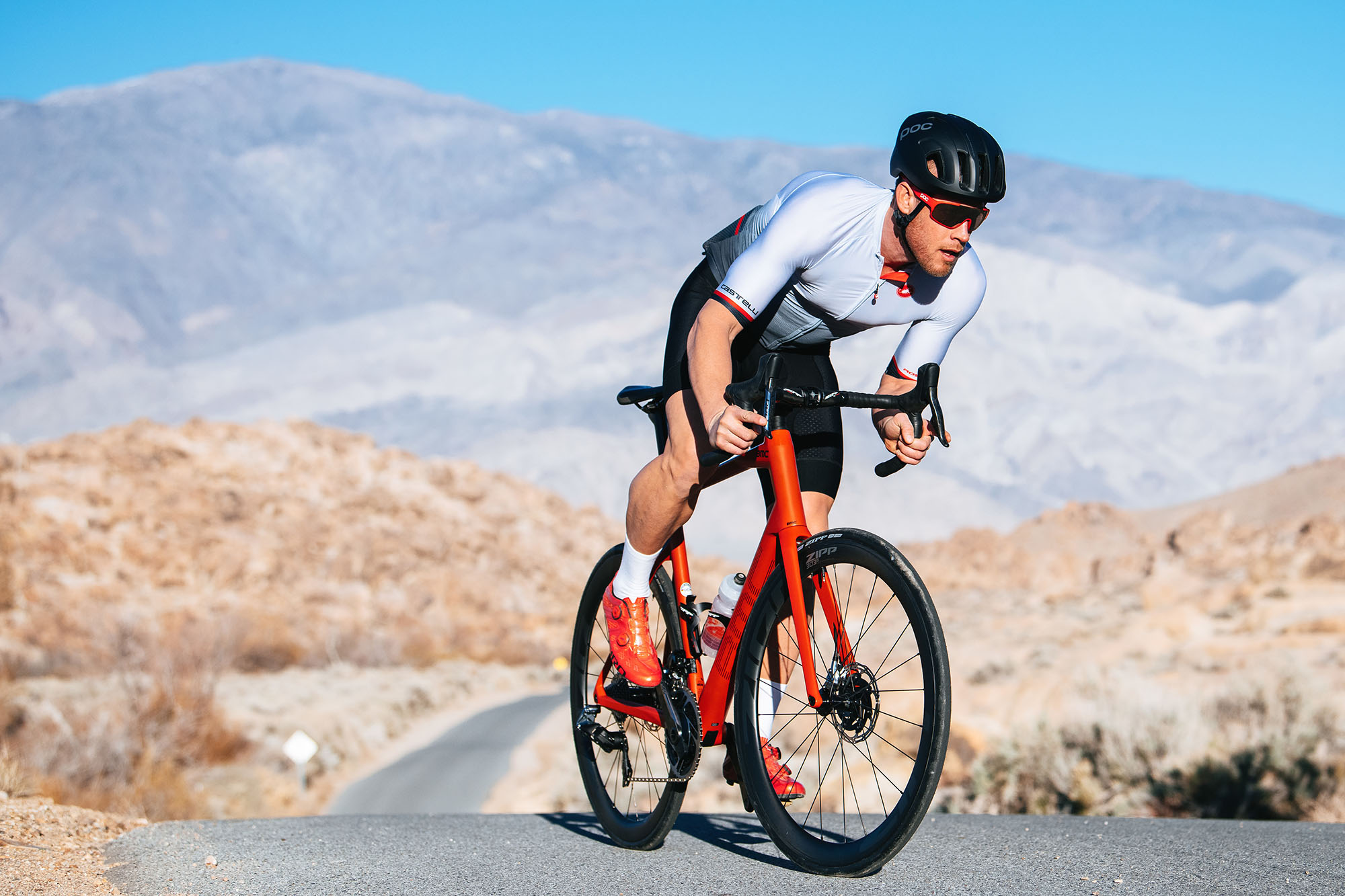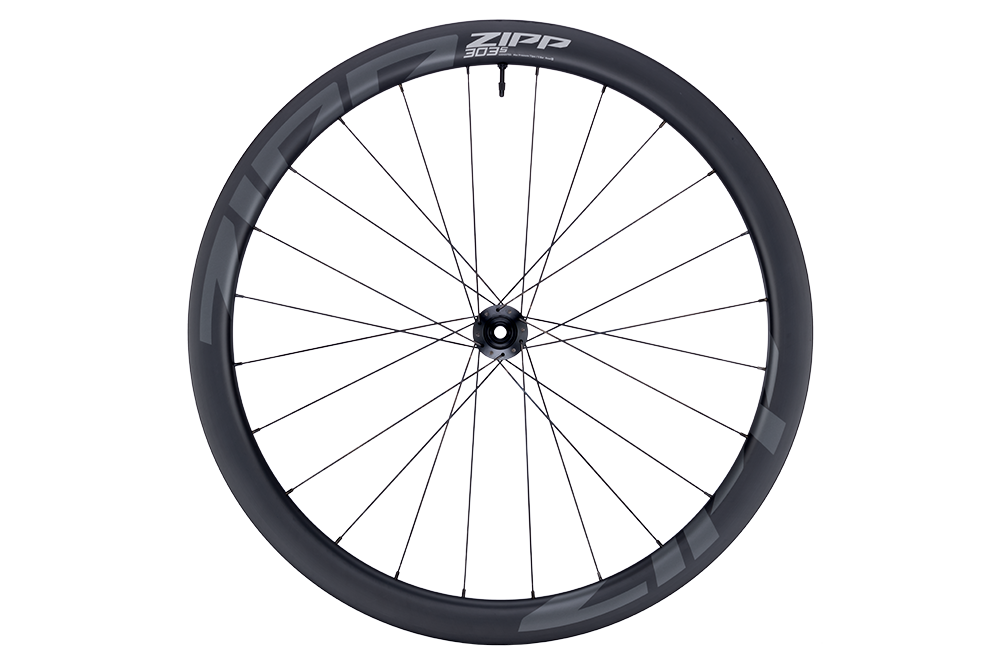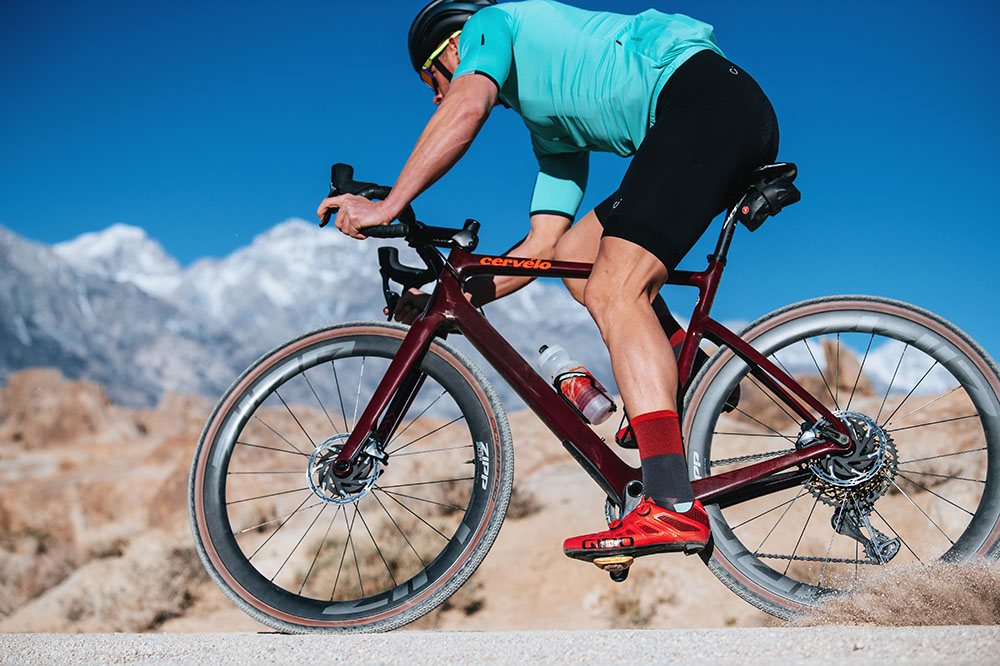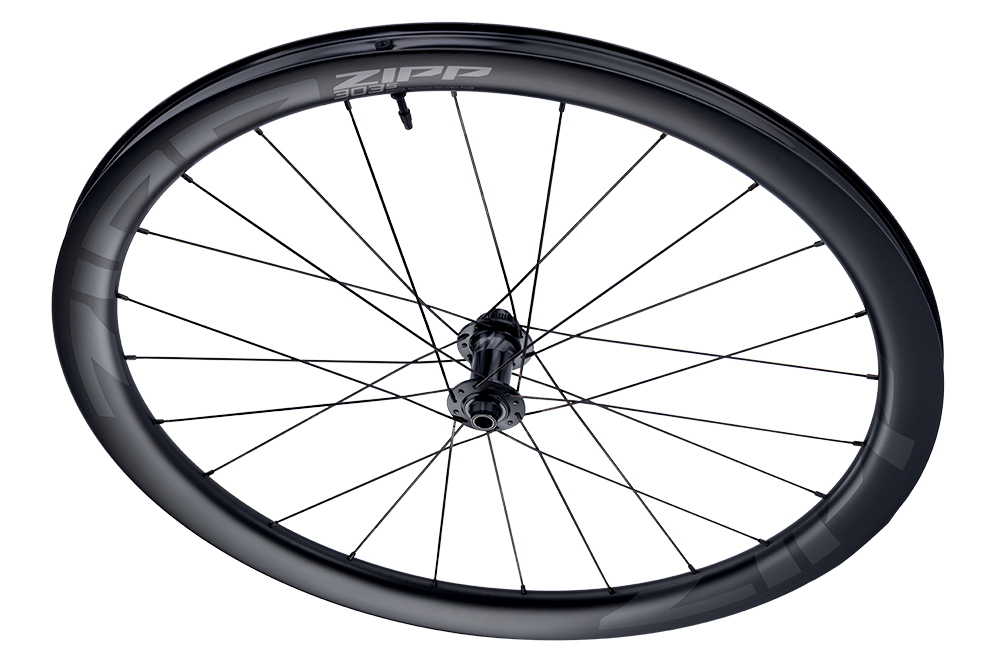Zipp's new 303 S is lighter, stronger and cheaper
It's not an update, it's a completely new wheel


The newly launched Zipp 303 S is effectively a complete update to the existing 302 carbon wheel, a model that itself broke new boundaries for the brand via its lower price point. Like the 302, the new 303 S is aimed more at the endurance and gravel end of the spectrum rather than racing – although there’s nothing stopping you using these for that either.
This new 303 S however, goes one huge leap further and is the first carbon Zipp wheel to break the magic £1k price point. But don’t call it a ‘budget’ wheel, this isn’t just an outdated, older design that Zipp has rehashed to open up the market. No, the 303 S has a completely new and up-to-date rim design that promises a lot for the rider.
In fact, comparing the new 303 S to the 302 is actually quite difficult, with Zipp preferring to refer to this new wheel as part of the 303 wheel family. Yes, both wheels share the same 76/176 hubs, a hub set we really rated for ease of maintenance and simple standardised construction and the rear wheel sticks to 24 spokes laced in a two-cross pattern. Everything else is different, especially the rim.

Disc only
Firdly, developing the new 303 S rim specifically for disc brakes has allowed Zipp more freedom to design the rim to be all about performance with no compromise.
Not needing to consider the rim for braking duties allowed Zipp the opportunity to focus on the critical rim and tyre transition – an area important for overall aerodynamics. Zipp came up with a pretty simple solution to aid a smoother rim and tyre transition – it got rid of the traditional inner ‘hook’ profile of the rim. By removing the hook completely this also enabled the new rim design to have a much increased internal width. Just how much difference has this made? The existing 302 has an internal rim width of 16.25mm whereas the new 303 S is boosted nearly 7mm to 23mm. Externally it’s just 2mm wider than the 302 at 27mm compared to 25mm.
>>> Read: Zipp 303 Firecrest review
Wider tyres and tubeless, the new benchmark
This new rim is also designed around the recent growth of tyre widths and the wider internal measurement makes it ideally suited for use with the rapidly popularised 28mm tyre, although Zipp has also stated that it will work really well with 25mm tyres widths as well as wider gravel tyres.
With the increase in internal rim width Zipp was able to ensure that the profile of a 28mm tyre allowed it to retain a more stable and aerodynamic ‘U’ shaping rather than what it calls the ‘lightbulb’ shaping found when using a wider tyre on a narrow rim. Zipp is not alone in terms of focussing on a wider tyre as standard and there has been plenty of evidence already put out that show a 28mm tyre can be the fastest across a number of different tests.

This rim has also been designed to be run as a tubeless wheelset first and foremost – you can of course use tubes at a pinch, but the rim has a maximum recommended pressure of just 73 psi, making it pretty much designed for running pressures only capable when going tubeless.
Tyre pressure is also a topic Zipp want us to think about in order to maximise wheel and tyre performance – not just with the new 303 S. Zipp's research team believes many riders are running even our tubeless tyres at way too high a pressure, so the brand has even developed a pretty comprehensive tyre pressure calculator that should be going live towards the end of the month and available for all to use, not just Zipp wheel owners.
Less weight more strength
The weight of the rim was also a big consideration for Zipp when developing the new 303 S and the result is a significant weight saving of nearly 100 grams over the 302. Bear in mind that the new wheels have the same hubs and more spokes compared to the 302, that means Zipp has managed to save that weight in the rims alone. The 302 weighed in at 1643g on our scales whereas the new 303 S weighs in at 1555g (Zipp claim 1540g). In fact the new 303 S is lighter than the existing, far more expensive 303 Firecrest.
Zipp learnt a lot from its latest 3Zero Moto MTB wheels launched last year with regards the strength to weight ratio of its carbon rims. Obviously getting rid of the hook from the rim certainly helped drop the rim weight.

Pricing
This new wheelset has a retail price of £985, bringing Zipp to below £1k for the first time ever. This new pricing has been achieved by taking Zipp’s manufacturing and assembly out of the US and into the Far East for the first time.
The rim is still made in Zipp’s own manufacturing plant but instead of being in Speedway, Indianapolis it’s now in Taiwan. Eagle eyed viewers will also note that, like the 302 before, the 303 S lacks Zipp’s characteristic ‘dimples’ and instead has a smooth profile that is, according to Zipp, much more economical to produce.
The Zip 303 S is available from dealers now. We have a set on test already so will be publishing our review as soon as possible.

Thank you for reading 20 articles this month* Join now for unlimited access
Enjoy your first month for just £1 / $1 / €1
*Read 5 free articles per month without a subscription

Join now for unlimited access
Try first month for just £1 / $1 / €1
Get The Leadout Newsletter
The latest race content, interviews, features, reviews and expert buying guides, direct to your inbox!
James Bracey's career has seen him move from geography teacher, to MBR writer, to Cycling Weekly's senior tech writer and video presenter. He possesses an in-depth knowledge of bicycle mechanics, as well as bike fit and coaching qualifications. Bracey enjoys all manner of cycling, from road to gravel and mountain biking.
-
 'I'll take a top 10, that's alright in the end' - Fred Wright finishes best of British at Paris-Roubaix
'I'll take a top 10, that's alright in the end' - Fred Wright finishes best of British at Paris-RoubaixBahrain-Victorious rider came back from a mechanical on the Arenberg to place ninth
By Adam Becket Published
-
 'This is the furthest ride I've actually ever done' - Matthew Brennan lights up Paris-Roubaix at 19 years old
'This is the furthest ride I've actually ever done' - Matthew Brennan lights up Paris-Roubaix at 19 years oldThe day's youngest rider reflects on 'killer' Monument debut
By Tom Davidson Published